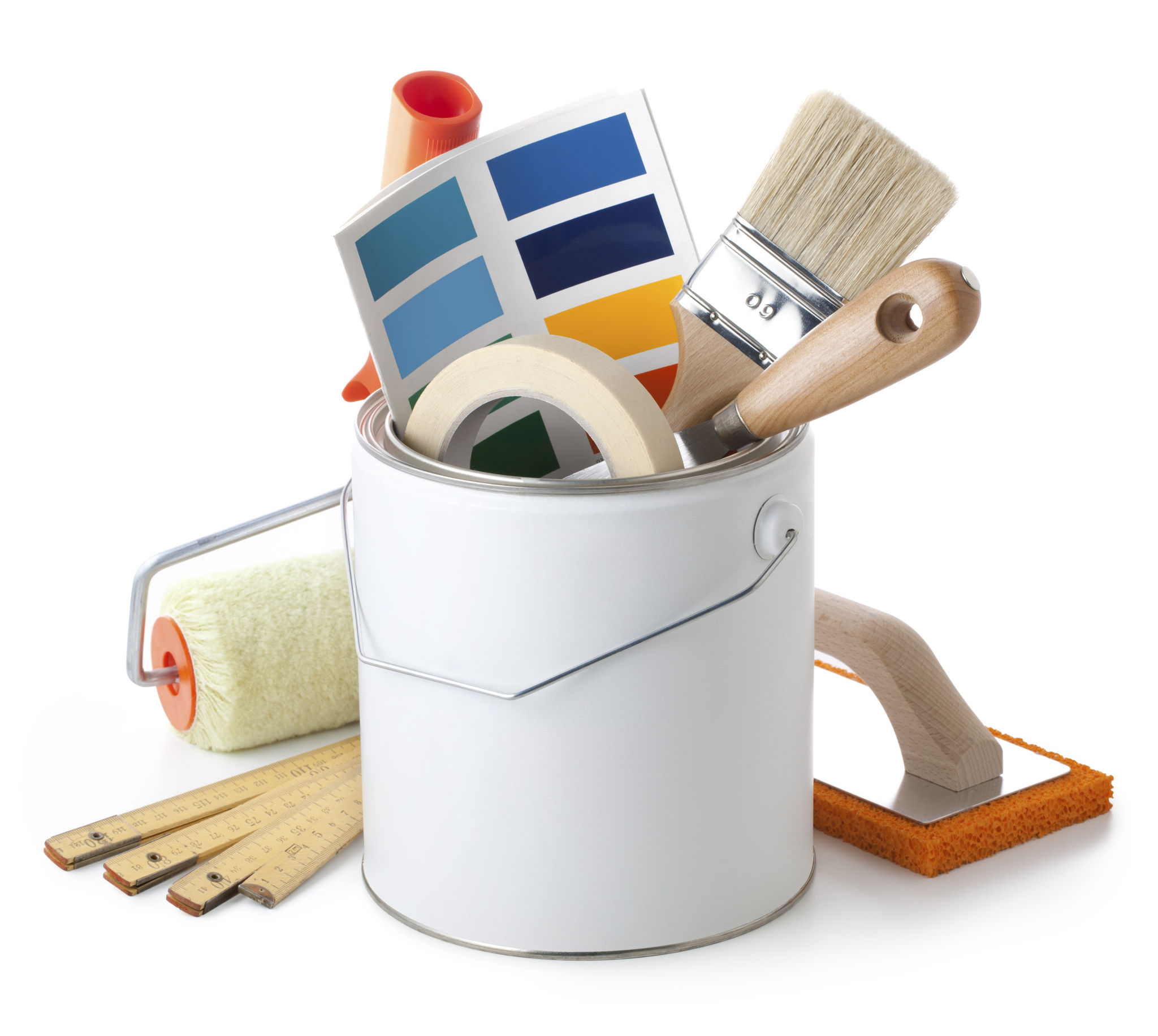Avoiding Common Mistakes in Home Painting Projects
Preparation is Key
When it comes to home painting projects, one of the most common mistakes is not preparing the surfaces properly. Before you even think about opening a can of paint, make sure all surfaces are clean, dry, and free from loose or peeling paint. Skipping this step can lead to uneven finishes and peeling paint down the line.
Invest some time in sanding any rough spots and filling in holes or cracks with a suitable filler. This ensures a smooth, professional-looking finish that will last for years. Additionally, apply a primer if necessary, especially if you're working with new drywall or making a drastic color change.

Choosing the Right Paint
Another frequent error is selecting the wrong type of paint for the job. Paints come in various finishes such as matte, eggshell, satin, semi-gloss, and gloss. Each has its specific applications and aesthetic effects. For example, flat and matte finishes are ideal for ceilings and areas with imperfections, while semi-gloss and gloss are perfect for high-traffic areas like kitchens and bathrooms.
Consider the room's function and the wear-and-tear it will experience when choosing your paint. Additionally, ensure you're using interior paints inside your home and exterior paints only outdoors, as they're formulated differently to handle specific conditions.
Using the Right Tools
Using unsuitable painting tools can lead to unsatisfactory results. While it might be tempting to use a single brush or roller for the entire project, different tools are designed for specific tasks. High-quality brushes and rollers can make a significant difference in achieving a smooth application and reducing the appearance of brush marks.

Invest in angled brushes for cutting in edges and corners, and use rollers with the appropriate nap length for your wall texture. A little investment in the right tools can save you time and provide a more polished result.
Proper Application Techniques
Improper application techniques can result in streaks, drips, and uneven coverage. One common mistake is applying too much paint at once, leading to drips that dry into unsightly streaks. Instead, use thin layers of paint and build up coverage gradually. This approach not only prevents drips but also ensures an even color distribution.
Another application tip is to maintain a wet edge while painting. This means painting over edges before they begin to dry to avoid lap marks. Working in small sections can help you manage this effectively.
Allowing Adequate Drying Time
Patience is essential in any painting project. Rushing through the drying process is a mistake that often leads to smudging and rework. Make sure to allow each coat of paint to dry completely before applying the next one. This waiting period can vary based on factors like humidity and temperature, so always follow the manufacturer's recommendations.

If you're uncertain about drying times, it's better to err on the side of caution. Proper drying ensures durability and a professional finish.
Final Touches for a Professional Look
Once painting is complete, don't forget the final touches that add to your project's professionalism. Remove painter's tape carefully to avoid peeling off paint with it. If any paint has seeped under the tape, use a small brush for touch-ups.
Clean your brushes and rollers thoroughly for future use. Proper cleanup not only extends the life of your tools but also prepares you for any touch-ups needed later. Taking these extra steps may seem tedious but they contribute significantly to the overall success of your painting project.
